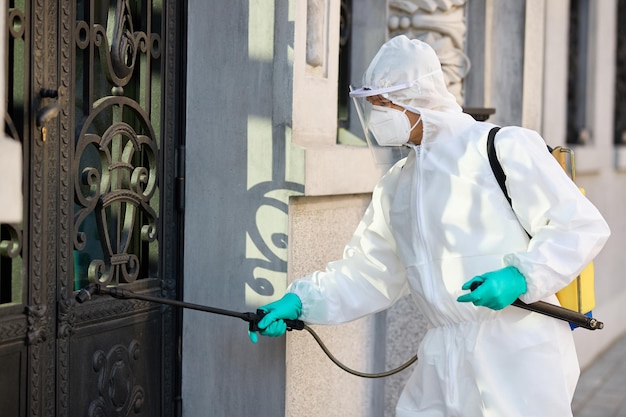
Top Strategies for Effective Termite Prevention
Termites, often referred to as "silent destroyers," can cause significant damage to structures if not properly managed. Preventing termite infestations is crucial for maintaining the integrity and value of any property. Understanding effective strategies for termite prevention can save property owners time, money, and stress. The following sections outline key methods for keeping these destructive pests at bay and ensuring your property remains safe from their pervasive threat.
Understanding Termite Behavior
A crucial step in termite prevention is understanding their behavior and habits. Termites thrive in environments with moisture, warmth, and readily available food sources such as wood and cellulose materials. They are most active in warmer climates but can be found in various regions worldwide.
By understanding these factors, property owners can take proactive steps to minimize conditions that attract termites. Read more about this topic to better protect your property.
Effective Prevention Strategies
Regular Inspections
Conducting regular inspections is one of the most effective ways to prevent termite infestations. Inspections should be done at least once a year, with more frequent checks in areas prone to termite activity.
Key areas to inspect include:
- Foundation and basement areas
- Attic spaces
- Wooden structures such as decks and fences
- Areas with excess moisture, like bathrooms and kitchens
Learn more in this detailed guide on how to conduct a thorough termite inspection.
Moisture Control
Since termites thrive in moist environments, controlling moisture levels in and around your property is essential. Some effective methods include:
- Fixing leaks in plumbing and roofing promptly
- Ensuring proper drainage away from the foundation
- Using dehumidifiers in humid areas
- Sealing entry points around pipes and utility lines
Explore further insights here on moisture control strategies.
Landscaping and Exterior Maintenance
Proper landscaping and maintenance of the exterior of your property can significantly reduce the risk of termite infestations. Consider the following:
- Maintaining a gap between soil and wooden parts of the structure
- Trimming trees and shrubs away from the house
- Removing dead trees and stumps from the property
- Using termite-resistant materials for outdoor structures
Find additional information here on how to maintain your property’s exterior.
Use of Termite Barriers
Installing physical or chemical termite barriers can help prevent infestations before they start. These barriers can be applied during construction or added to existing structures.
Types of barriers include:
- Physical barriers such as metal or sand
- Chemical treatments applied to soil and wood
- Termite baiting systems
Learn more in this detailed guide about the various types of termite barriers.
Conclusion
Preventing termites involves a combination of regular inspections, moisture management, exterior maintenance, and the use of barriers. By implementing these strategies, property owners can effectively safeguard their investments from the costly damage termites can cause. Staying informed about termite prevention techniques is essential, and further resources are available to guide property owners in maintaining a termite-free environment.
For more information on termite prevention and control, explore further insights here.